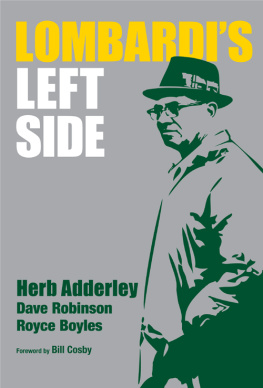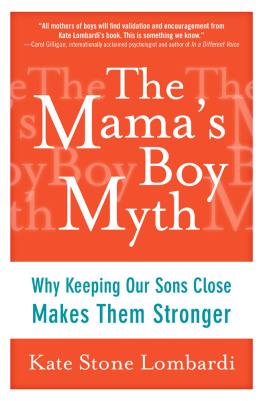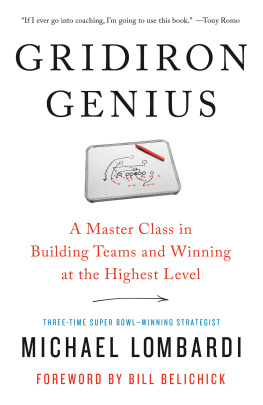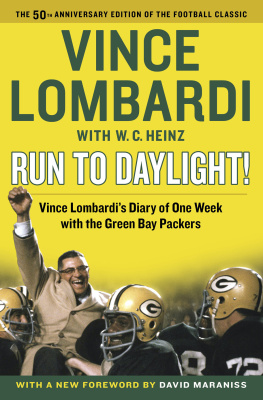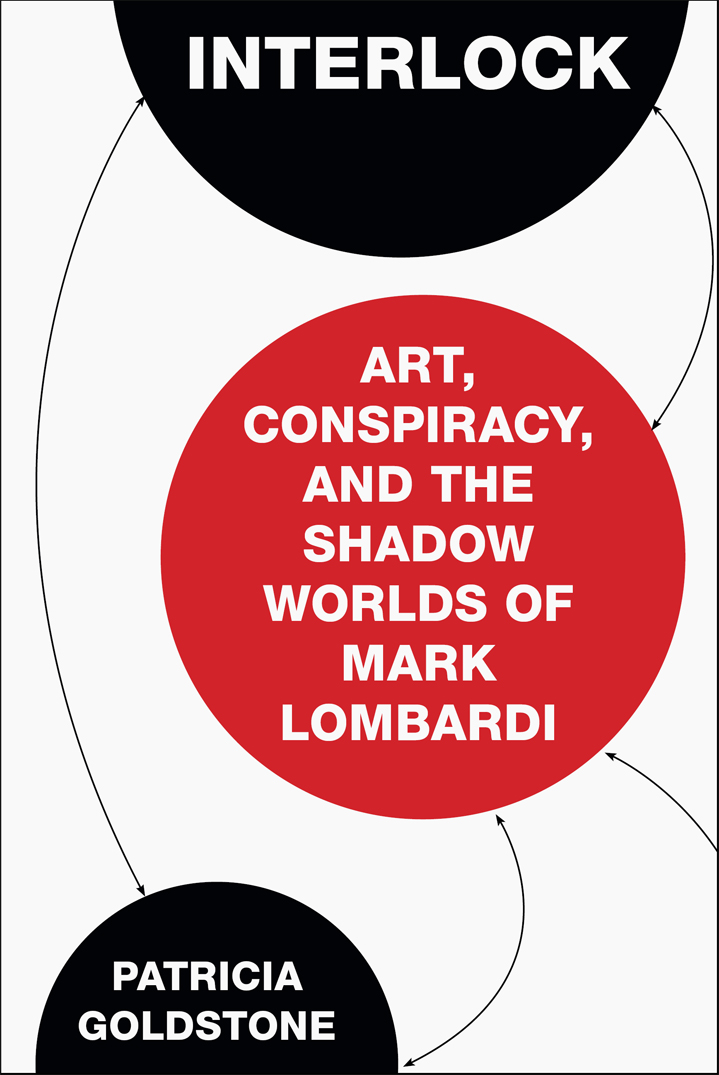INTERLOCK

Copyright 2015 Patricia Goldstone
All rights reserved under International and Pan-American Copyright Conventions. No part of this book may be used or reproduced in any manner whatsoever without written permission from the publisher, except in the case of brief quotations embodied in critical articles and reviews.
Library of Congress Cataloging-in-Publication Data
Goldstone, Patricia, 1951
Interlock: art, conspiracy, and the shadow worlds of Mark Lombardi / Patricia Goldstone.
pages cm
1. Lombardi, Mark, 19512000. 2. ArtistsUnited StatesBiography. I. Title.
N6537.L64G65 2015
700.92dc23
[B]
2015022190
Cover design by Matt Dorfman
Interior design by Megan Jones Design
COUNTERPOINT
2560 Ninth Street, Suite 318
Berkeley, CA 94710
www.counterpointpress.com
Distributed by Publishers Group West
10 9 8 7 6 5 4 3 2 1
e-book ISBN 978-1-61902-660-5
For Mark Lombardi
CONTENTS
Guide
AUTHORS AND PUBLISHERS NOTE REGARDING MARK LOMBARDIS DRAWINGS:
A n unusual degree of care was taken with this book, owing to both the political and the commercial sensitivity of the material. In the course of the four years it took to research and write this book, the author consulted the hundreds of books Mark Lombardi used to create his drawings and updated them with current work. The author interviewed over eighty people including the surviving members of his family, his ex-wife, ex-girlfriends, his mentor James Harithas, the politician who became his first patron, and the police officers who found his body. We were therefore very disappointed when the Pierogi Gallery, which handles the sale and licensing of Mark Lombardis art for his estate, chose to withhold permission to reproduce two of Lombardis drawings. One of our primary considerations was to recognize Lombardi as one of the first, if not the first, great artists of the 21st century, but the writing of serious biography is also a warts-and-all enterprise, and many geniuses are far from impeccable in their personal lives.
Fortunately for the reader there are a significant number of Mark Lombardis drawings available online. We direct our readers to a number of online sites, where Lombardis work can be viewed and analyzed electronically.
These sites include:
www.moma.org/collection/artists/22980
www.lombardinetworks.net/analyses/reference-analysis
www.patriciagoldstone.com
Every exhibition is a well-baited trap.
MARK LOMBARDI
J UST AFTER MIDNIGHT ON MARCH 22, 2000, POLICE CRAWLED through the transom of the studio belonging to a 48-year-old Conceptual artist in Brooklyn. The police discovered the artist, Mark Lombardi, neatly dressed in a dark-blue shirt and matching pants and socks, hanging from a noose slung over one of his sprinkler pipes with an open bottle of champagne suspended from a string beside him. A full bottle of Tylenol PM was in his shirt pocket, a half-smoked joint on his nightstand. According to the medical examiners report, several hundred Tylenols littered the floor. Oddly, the police report, filled out at the scene prior to the medical examiners arrival, did not note the unusual display. Again oddly, standard procedure to establish time of death was not followed at the scene, but the medical examiner estimated from the distension and slight discoloration of Lombardis abdomen that he had been dead at least 24 hours. Neither the police nor medical examiners report indicates that drugs or alcohol played any role in Lombardis death. An autopsy, performed the next day, noted levels of Tylenol, alcohol, and marijuana in his body despite the fact that, if he had indeed been dead for more than 24 hours, the active ingredients in both Tylenol and alcohol would have metabolized out of his body. For habitual marijuana users like Lombardi, testing can detect traces of THC, the most active chemical in cannabis, in the body for up to a week after use.
From Lombardis girlfriend, Hilary Maslon, who had called the police five minutes before midnight to say she hadnt been able to reach him for a week and feared he was deeply depressed over the state of their relationship, the detectives of the 90th Precinct in Williamsburg deduced that the artist showed all the classic earmarks of a suicideabove-average intelligence combined with fear of success. neglected to inform them that his elegant drawings, which were becoming not only highly successful but highly visible to the public eye, were art as information, investigating the interconnections of the global money-laundering business.
By a curious coincidence, only days before, Intelligence Newsletter, a tiny publication with a sharp focus on the intelligence community, had reported that George W. Bushs presidential campaign could run into trouble over the candidates association with Khalid bin Mahfouz, banker to the Saudi royal family. Bin Mahfouz, a Saudi national, was under investigation by American authorities for surreptitiously funding a terrorist organization called al-Qaeda through his charitable foundations. He had also had extensive though indirect dealings with Bush during his oil days through Texas middleman James Bath, a subject Lombardi treated extensively in his drawing series on Bushs oil company, Harken Energy. Bin Mahfouz was only one focus among many hundreds of others in Lombardis increasingly celebrated drawings, some well-known, some obscure, dating back to the Nixonian heyday of illegal campaign finance and forward to the administration of William Jefferson Clinton.
Curiously, the police did not examine Lombardis work, merely noting from the large number of drawings in his studio that the deceased appears to have been an artist. Curious, because the artist felt the FBI had been following him since his youthful days in SDS.
In early 2002, the FBIs Operation Green Quest raided the offices of several Virginia-based Islamic charities whose Saudi funders, including bin Mahfouz and prominent Bush backers, were highlighted in Lombardis work.
Nonetheless, after a perfunctory investigation lasting two days that consisted of brief interviews with Maslon and Lombardis parents, the Williamsburg police declared the death a suicide. The studio door, securely locked from the inside, showed no signs of forced entry except for the transom the police had opened themselves. Lombardis body was not marked by struggle, and the hasty autopsy determined that his injuries were consonant with having hanged himself.
As staunch Catholics to whom the idea of suicide is anathema, the Lombardis questioned the perfunctory investigation but felt they were being stonewalled. It took forever to get the artists body back, according to Shirley, who was most emotionally involved. When they did, it had been cremated and all forensic evidence destroyed. The family, led by Don Lombardi, did not press for further investigation.
Shirley Lombardi died, still broken-hearted, in 2012, but even today the smallest detail about Marks death stirs up a Rashomon of conflicting stories among family members as well as lovers, colleagues, and the police records, which state that the bottle of champagne so vividly remembered among some of his friends as a romantic gesture to Maslon was really only white wine.
The controversy might have perversely tickled Lombardi himself, a consummate showman as well as artist, whose business card read DEATH DEFYING ACTS OF ART AND CONSPIRACY. Over the years, Lombardis death has transformed itself into the ultimate piece of Conceptual Art. He was fond of remarking to the younger artists he mentored that every exhibition is a well-baited trap, that by the time a show is ready to be seen, the artist must have already stirred so much buzz among his dealers, critics, and other connections in the art world that its success is a





